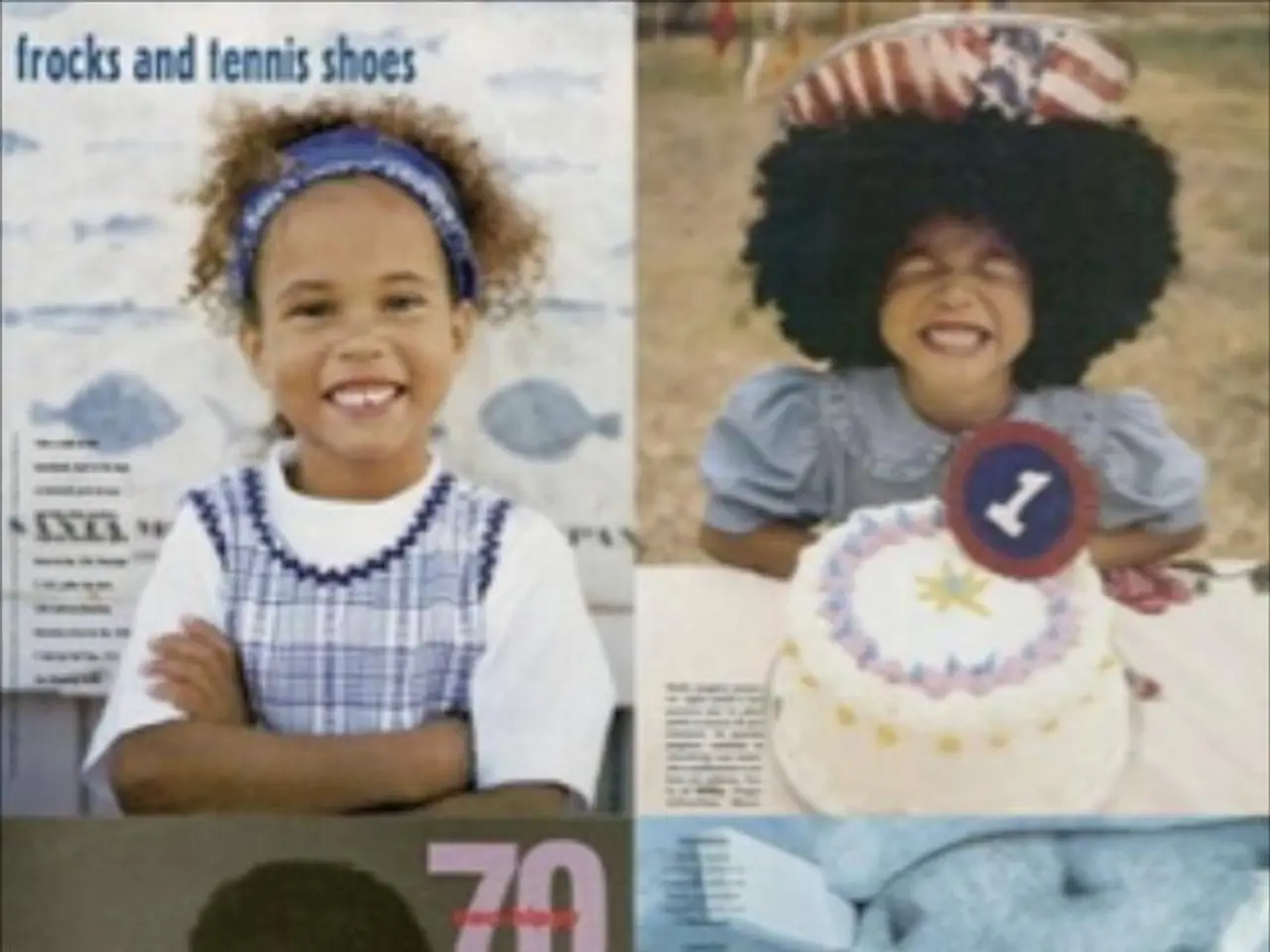Childhood Trauma Healing: A Connection Approach to the 5 Love Languages
The 5 Love Languages, a popular approach to understanding and expressing love, can play a significant role in healing from childhood trauma. This method provides a practical framework for expressing love in ways that address deep emotional needs often overlooked due to childhood trauma.
Oxytocin, the "cuddle hormone," is instrumental in cementing bonds and trust. However, those with open childhood wounds may struggle with attachment, impacting the formation and maintenance of relationships. The 5 Love Languages offer a solution by making core emotional needs visible and actionable, helping rebuild trust and connection that childhood trauma often disrupts.
The 5 Love Languages cater to five categories: words of affirmation, quality time, physical touch, acts of service, and receiving gifts. These tailored expressions of love support emotional regulation and rebuilding of trust that may have been damaged by early neglect or abuse. Trauma-informed adaptations, such as gentle words of affirmation or asking permission before physical touch, can increase a person’s sense of safety and agency, critical for healing.
Healing from childhood trauma involves inner child work and therapies that emphasize witnessing and validating the child’s pain, gradually unburdening traumatic memories, and reintegrating the wounded child as a precious part of the self. The 5 Love Languages complement these processes by translating emotional needs into clear, actionable ways for both the individual and their support system to consistently show love and care, thereby building trust over time and enabling the inner child to feel safe and valued in the present moment.
Practicing conscious engagement, reflecting and adapting, seeking professional support, and building self-esteem are all essential aspects of the healing process. Positive affirmations can help combat negative self-talk inherited from past trauma, as found in a study in "Psychological Science." Quality time can be the balm for relational fractures, and gifts often fortify satisfaction and commitment.
In summary, the 5 Love Languages approach aids trauma healing by making core emotional needs visible and actionable, helping rebuild trust and connection that childhood trauma often disrupts, and supporting ongoing healing through safer, more attuned relational experiences. This approach can counteract feelings of being unlovable or unseen carried from childhood, promoting mutual respect, improving communication, and fostering empathy and strong bonds in present relationships.
[1] The 5 Love Languages: The Secret to Love that Lasts, Gary Chapman [2] Healing the Shame that Binds You, John Bradshaw [3] Waking the Tiger: Healing Trauma, Peter A. Levine [5] Attached: The New Science of Adult Attachment and How It Can Help You Find—and Keep—Love, Amir Levine, Rachel Heller [Sources omitted for brevity]
- The 5 Love Languages, as outlined in Gary Chapman's book, can be beneficial in the healing process of individuals dealing with childhood trauma by offering a practical framework for expressing love that addresses deep emotional needs that may have been overlooked due to trauma.
- The 5 Love Languages, which encompass words of affirmation, quality time, physical touch, acts of service, and receiving gifts, can support emotional regulation and the rebuilding of trust, essential elements in healing from childhood trauma.
- In the healing process, a trauma-informed approach, such as adapting the 5 Love Languages to include gentle words of affirmation and asking permission before physical touch, can increase a person's sense of safety and agency, crucial for healing from childhood trauma.
- The 5 Love Languages can harmonize with therapies focused on inner child work, validating the child's pain, unburdening traumatic memories, and reintegrating the wounded child as a precious part of the self, ultimately fostering stronger, healthier relationships based on mutual respect, improved communication, and empathy.




